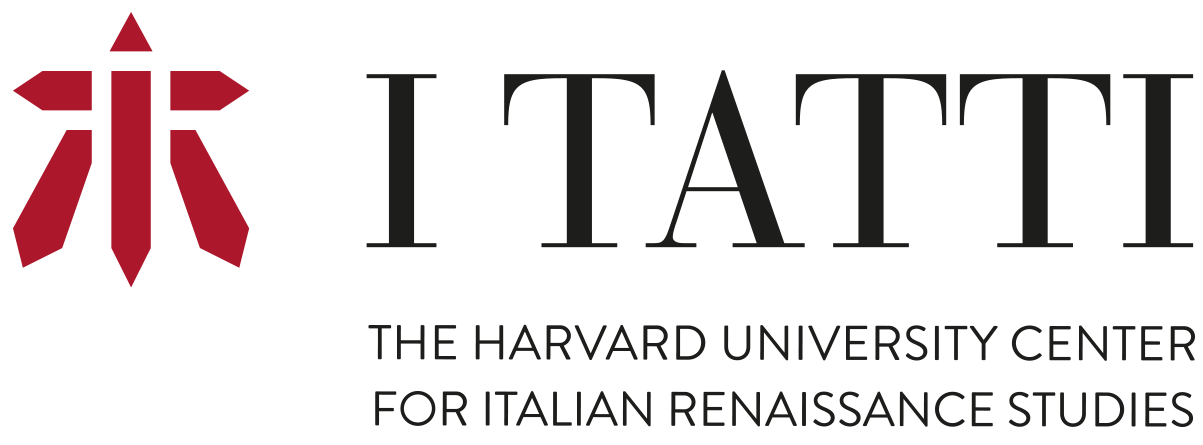Date:
Location:

Speaker: Christine van Ruymbeke (I Tatti / University of Cambridge)
This presentation will briefly introduce the research that Christine van Ruymbeke is initiating during her stay at I Tatti. At the heart of the research lies the original primary source, the Arabo-Persian Kalila wa Dimna text, which pops up in literary history in 8th-century Abbasid Baghdad. Its translations and rewritings have pollinated the Medieval, Renaissance and Early Modern Eurasian political thinking. The text, a collection of tales, is a very unusual Mirror for Princes, or, better, a literary chess game. Professor van Ruymbeke will examine two almost contemporary rewritings, one composed in the last years of the 15th Century, in Persian at the Court of the Timurid prince Sultan-Husayn Bayqara, the other in Italian at the Florentine Court of the Medici Cosimo I, published in 1552. The study will contrast the two Western and Eastern authors/rewriters/translators' techniques vis-a-vis their immediate sources and their choices to retain their audience’s interest. More globally, the research will also study the maturation and developments that these successive translations and rewritings brought to the original Arabic text.
Christine van Ruymbeke (Universite Libre de Bruxelles, Ph.D) is Ali Reza and Muhamed Soudavar Professor of Persian Literature and Culture, as well as co-Chair of the Faculty of Asian and Middle Eastern Studies, University of Cambridge (UK) and Head of its Middle Eastern Department. Christine is a literary critic working on classical (medieval and pre-modern) Persian literature, with a special focus on its medieval non-mystical narrative production. How can we engage today with these classical Persian texts in a meaningful way? Her forthcoming monograph analyzes Haft Paykar (Seven Images), composed by the poet Nezami of Ganja: a complex twelfth-century poetic narrative about story-telling and its psychological healing effect.
Image: Kalila Upbraiding Dimna, India (Gujarat), second quarter of the 16th century. The Metropolitan Museum of Art, New York.
Add event to calendar
